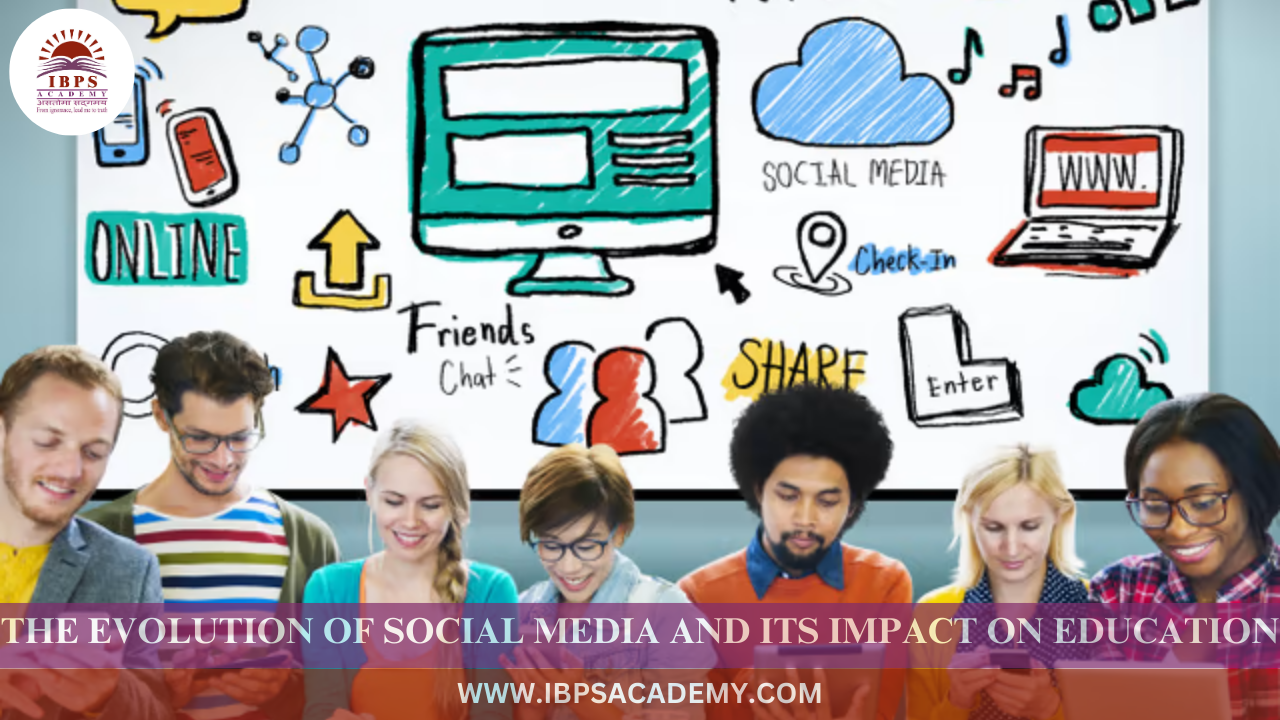

The evolution of social media has had a profound impact on many areas of society, and education is no exception. Let’s break it down:
When social media platforms like MySpace, Facebook, and Twitter first appeared in the early 2000s, their primary focus was on personal networking, entertainment, and social interaction. However, by the mid-2000s, educational institutions began to see potential in these platforms for communication and knowledge sharing.
Communication and Community Building: Social media allowed students and teachers to communicate in real time, share information, and build communities of learning. For example, Facebook groups or Twitter hashtags were used to facilitate class discussions, share resources, or organize study groups.
Access to Information: At this stage, social media allowed for more instantaneous access to information, enabling students to follow experts in various fields and stay updated on educational content in ways that were previously impossible.
The introduction of platforms like Instagram, YouTube, TikTok, and Snapchat marked a new era where visual content became the centerpiece of social media. These platforms also began to serve as powerful educational tools.
YouTube and Tutorials: YouTube became a hub for educational content, with countless channels dedicated to teaching everything from math and science to art and history. The accessibility of these videos made learning more dynamic and flexible, as students could learn at their own pace and revisit complex topics multiple times.
TikTok and Microlearning: TikTok introduced short, digestible videos that offered a new format for learning. Educational content on TikTok ranges from quick explanations of scientific concepts to language lessons and life hacks. This emphasis on "microlearning" catered to shorter attention spans, especially among younger audiences.
Instagram for Collaboration: Instagram became an important tool for visual learners and those interested in creative fields. Teachers and students alike began using the platform to share projects, research findings, and collaborate on visual or artistic endeavors.
With the rise of group chat features, live streaming, and collaborative tools like Google Docs, social media platforms also facilitated collaborative learning in real-time. Students could collaborate on projects from different locations, sharing documents, images, and ideas instantaneously. Social media platforms like LinkedIn also became essential for professional networking and finding mentorship.
Positive Impacts:
Negative Impacts:
Looking ahead, social media will likely continue to shape the education landscape in new ways:
The evolution of social media has made a lasting impact on education, offering new ways for students and teachers to interact, share knowledge, and collaborate. While it brings undeniable benefits, the challenges associated with distraction, misinformation, and mental health must also be addressed to ensure its positive role in education going forward. Social media has transformed education from a traditional, isolated experience to a dynamic, interconnected world where learning happens anytime, anywhere, and in various formats.
